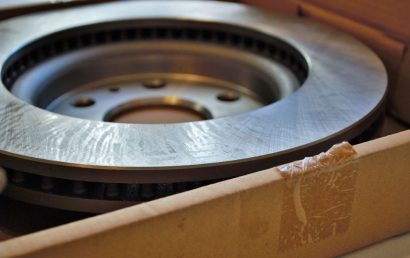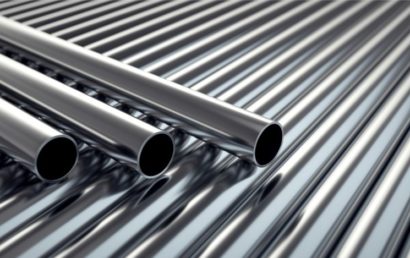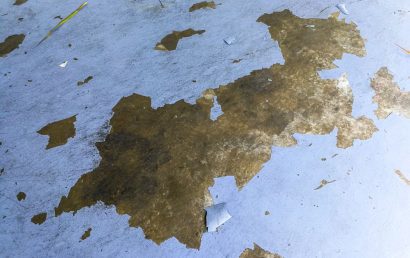Best Methods For Preventing Corrosion In Industrial Components
Corrosion costs the manufacturing and industrial industries millions each year. It’s everywhere, whether it’s on a kitchen knife or a truck’s tire well. Corrosion is a major problem. Metals corrode when they react with natural elements in the environment to generate sulfides, hydroxides, or oxides. Iron oxide is the most prevalent corrosion cause in industrial components. Corrosion may occur in ceramics and polymers, although it usually happens after other types of deterioration have occurred. Read on for corrosion prevention methods to combat corrosion and keep industrial components working for extended periods of time.
Choose the Right Materials
The most fundamental way to avoid corrosion is to ensure that components are composed of corrosion-resistant materials. These materials are commonly formed metal alloys such as 310 stainless steel or nickel aluminum. The disadvantage of this technology is that producing a component primarily from these materials is expensive, and it is sometimes difficult to justify the expense due to the part’s limited lifespan. Furthermore, these materials are often unable of being hardened to a high enough hardness to avoid wear, implying that wear capabilities are sacrificed for corrosion protection. The component will not corrode, but it may still be damaged due to the normal wear and tear of the industrial environment.
Thermal Spray
We can’t always keep components out of corrosive conditions or clean them after each usage. Thermal spray can coat low-cost components with corrosion-resistant compounds. It is possible to avoid corrosion and even postpone wear and erosion damage by applying a protective coating to machine components. Even if a component has already begun to corrode, thermal spray can be utilized to restore the surface or prevent further damage. To remove the damaged material and replace it with a corrosion-resistant surface, machining and grinding procedures might be utilized. Thermal spray is used to safeguard new components or as a repair and overhaul option for already corroded ones.
Keep Them Clean
Aside from protecting them from severe industrial settings, keeping components clean is another technique to avoid corrosion. Removing the external components that cause corrosion can cause the chemical processes that cause corrosion to be avoided. Keeping components clean necessitates frequent maintenance programs as well as time away from production. Having numerous components on hand allows a component to be cycled out of service for cleaning, which reduces downtime, but it can be costly to maintain spares merely sitting on the shelf. It is generally preferable to maintain your components dry, clean, and in a climate-controlled environment, but this is not always achievable.
Protect from Environmental Factors
As previously stated, corrosion happens as a result of exposure to natural elements, most notably water and air. To avoid corrosion, keep machine components away from unneeded water sources and in a climate-controlled environment. As most components are used in hostile industrial conditions, this can be extremely challenging in the manufacturing business. Water or other corrosive chemicals and materials are commonly used in industrial settings. Although down-hole equipment may not often come into direct contact with water, it will come into touch with drilling muck and dirt, both of which include water and other corrosive elements.



